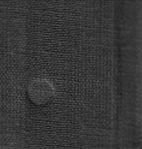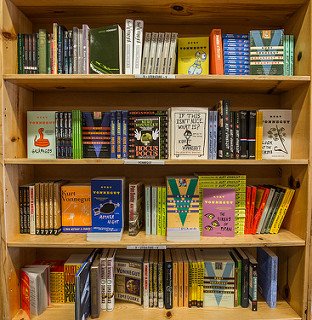Book Collecting for fun and profit
Here I am once again apologising to myself mainly for being really bad at keeping to a schedule. I have no excuses so on with my next post.
Being an online book dealer I am always on the lookout for good books at affordable prices. If I was a Bill Gates, collecting would be simple, buy only signed first editions in immaculate condition irrespective of the price, and soon I would have a collection second to none.
Being a book dealer/collector with limited funds I have to hunt around for bargains. Selling books is a whole new kettle of fish so I will concentrate on the collecting side of my hobby.

This post is meant to be a help to those who collect books or those who intend to begin this hobby, let me say right from the outset that collecting books with investment in mind, is like playing the stock market, a new writer appears on the horizon, will he/she make a name for themselves? If I knew the answer, I would be a rich man.
The first question a new collector should ask themselves is, “What do I want to collect?” There are many ways of collecting, you could start a thematic collection and collect books about Einstein or Tesla for example or perhaps books about your favourite sporting team, the type of collections are endless.

Image Pixabay
Another way to collect is to start author-based collection. If you are in South Africa you could start collecting Lawrence G. Green for example. It is not as simple as it seems, first you may want to collect all his First Editions, signed, and in mint condition, then there may be special school editions, editions in foreign languages, articles that appeared in magazines or biographies.

Own Collection
For collectors condition is everything. Here are a few categories to take note of:
1). Mint. These should be new books, never opened. It is even better if they are sealed in their original plastic wrap. (Only some books are sold this way) They should be kept in this state. If you are planning to read it, get a cheap reading copy.
2). Very Fine. These are near mint, and show no signs of wear. The dust jacket should be near pristine with the book showing no signs of being opened.
3). Fine. There should be no signs of wear, it is one step down from “Very Fine” and should show no signs of wear and tear.
4). Very Good. The book shows signs of wear but has no torn or marked pages. The dust jacket should be clean and complete.
5). Good. This book is the average used book that can be found in most bookshops. Any defects should be noted in the description.
For most serious collectors, the “Good” category is about as low as they will go for a collectible book.
Collectors should avoid Book Club editions at all costs, they are worthless to collectors. Book Club editions are easy to identify, they have no price on the inside top of the dust jacket. They will usually have a mention somewhere that they are Book Club edition. There is one sure fire way of knowing that your book falls into this category if all else fails, they will have a blind stamp on the back bottom left of the binding. The blind stamp may be in other shapes, such as squares or even crest-like marks.

Own photo
In this post I will end by discussing signed copies. A signed copy with a date is preferable to a signed copy without a date as there are likely to be less of them. An inscribed copy dedicated and dated will be more valuable still. The more the author writes in his dedication the rarer the book will be. It is a case of supply and demand.
A point to remember is that no matter how rare a book may be, if there is no demand for it, it will be worthless.
